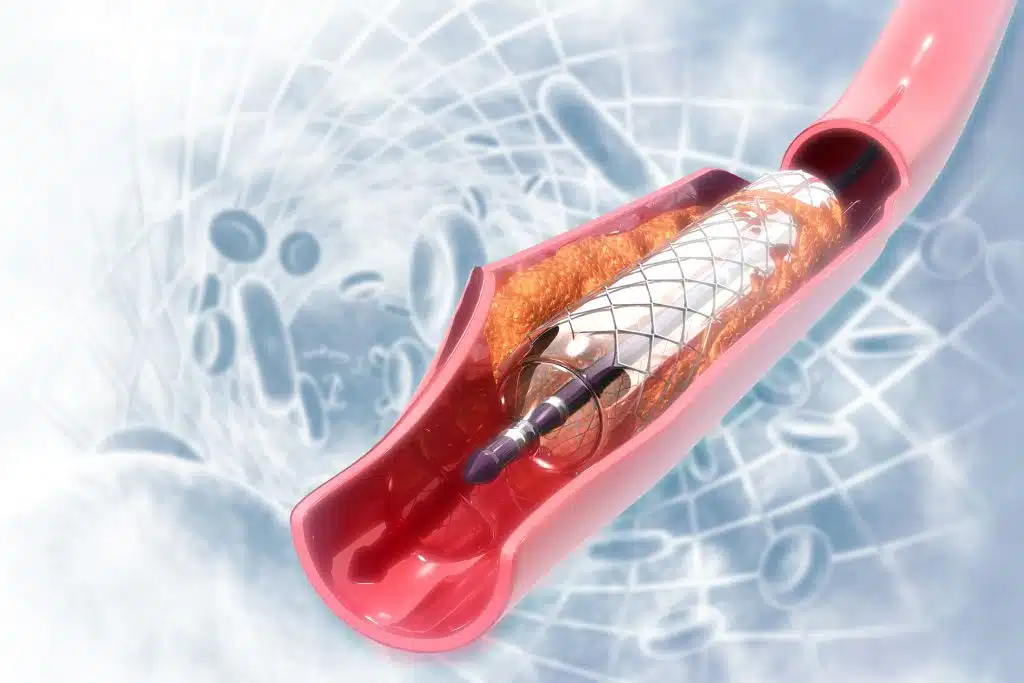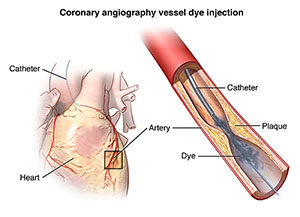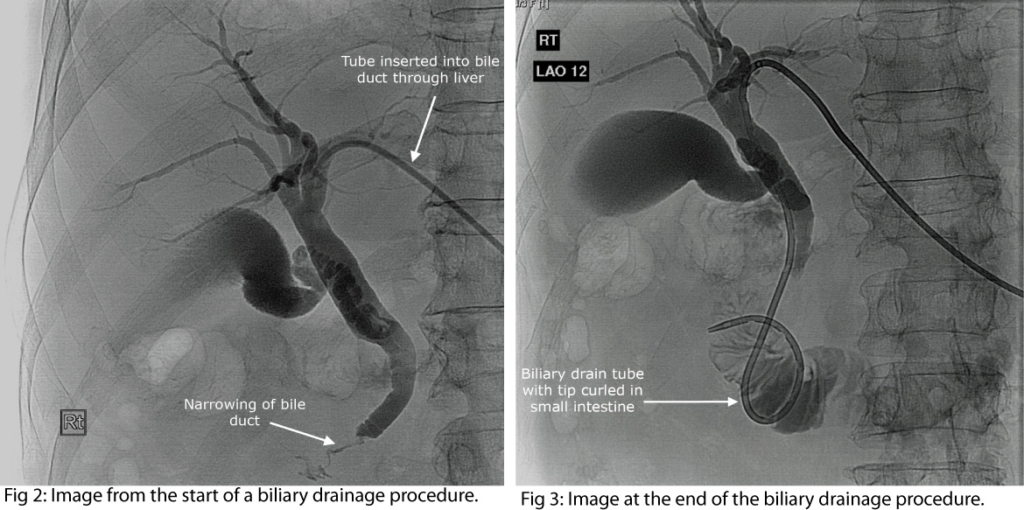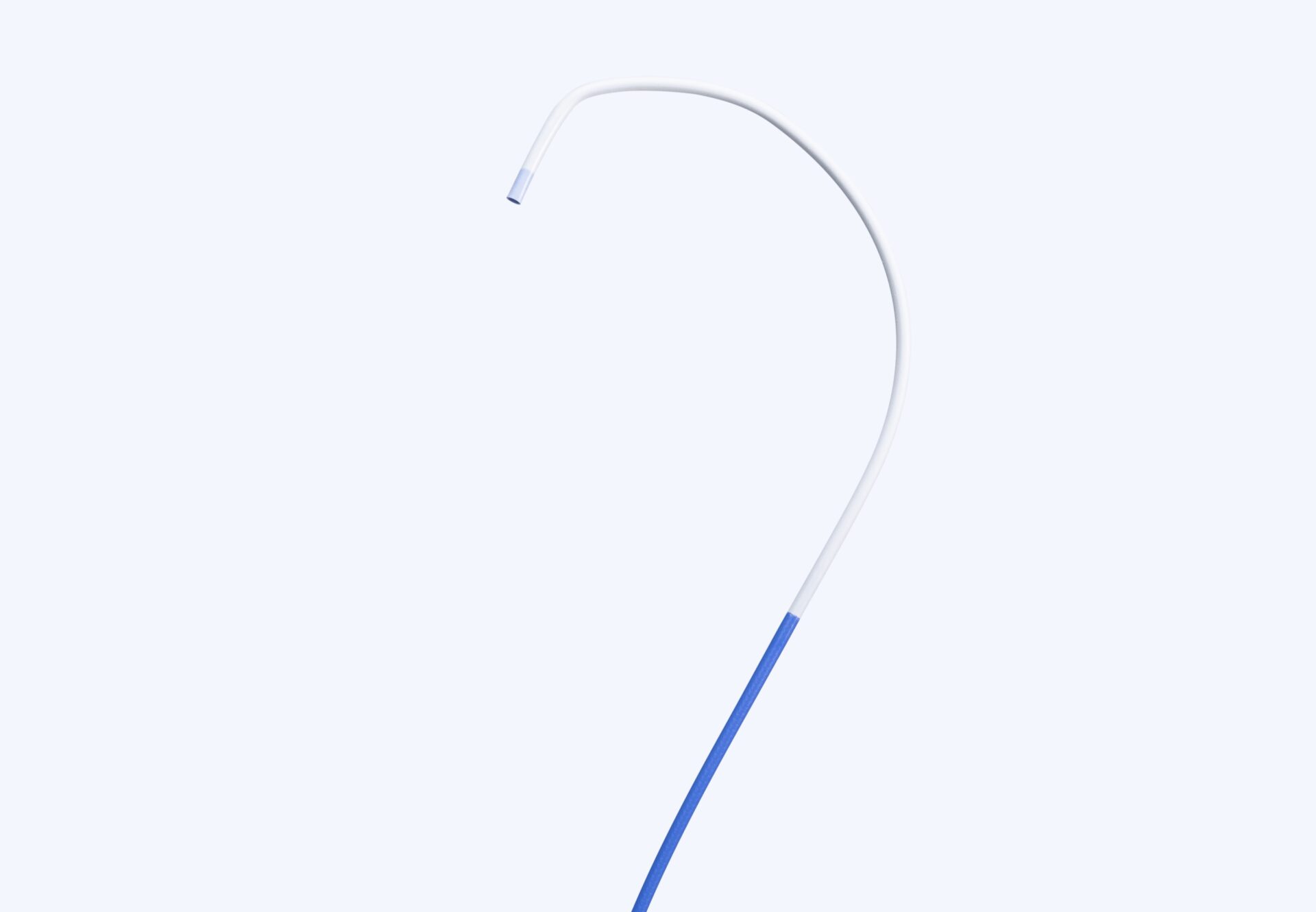Marker Bands in the Medical Field
Marker bands are widely used in the medical field, significantly contributing to imaging and interventional procedures. These bands, typically made from materials like tantalum or platinum/iridium, provide essential benefits due to their biocompatibility and radiopacity.
1. Imaging Applications
Marker bands are critical in various imaging modalities, including X-ray and fluoroscopy. Their high radiopacity ensures that medical devices, such as catheters and stents, can be easily visualized during imaging procedures. This visibility aids healthcare professionals in accurately monitoring the placement of devices, which is crucial for minimizing risks during interventions. For example, in vascular imaging, marker bands allow for precise tracking of catheter positioning, helping to prevent complications such as misplacement.

2. Interventional Procedures

In interventional radiology and cardiology, marker bands enhance the safety and effectiveness of numerous procedures:
- Electrophysiology: Platinum/iridium marker bands are commonly integrated into electrophysiology catheters. They facilitate the accurate mapping of electrical signals in the heart, which is vital for diagnosing and treating arrhythmias. By allowing real-time visualization of electrode placement, these bands improve procedural accuracy.
- Stent Placement: Marker bands are also used in stents to confirm their position during implantation. The ability to monitor the stent’s location ensures that it is deployed correctly, which is essential for maintaining blood flow and reducing the risk of complications.
3. Biliary Procedures

Tantalum marker bands are utilized in biliary stents, which are designed to relieve obstructions in the bile ducts. The visibility provided by these marker bands is crucial during imaging studies, allowing healthcare providers to ensure that the stent remains in the correct position, which is important for effective treatment of conditions such as cholestasis.
4. Quality Control in Manufacturing
Beyond direct medical applications, marker bands play a role in the manufacturing of medical devices. They are used as reference points during the assembly and quality control processes, ensuring that devices meet stringent safety and efficacy standards. Their precise placement during manufacturing contributes to the overall reliability of medical devices used in clinical settings.
Conclusion
Marker bands are indispensable in the medical field, enhancing imaging capabilities and facilitating safe interventional procedures. Their unique properties significantly contribute to improved patient outcomes and procedural accuracy. As advancements in medical technology continue, the applications of marker bands are expected to expand, further emphasizing their importance in healthcare.
References
- “Radiopacity and Visibility of Medical Devices,” Journal of Biomedical Materials Research. Link.
- “Innovations in Vascular Intervention,” Interventional Cardiology Review. Link.
- “Clinical Applications of Electrophysiology,” Heart Rhythm Journal. Link.
- “Biliary Stenting Procedures: A Review,” Gastrointestinal Endoscopy Clinics of North America. Link.
- “Quality Control Practices in Medical Device Manufacturing,” Manufacturing Engineering. Link.





